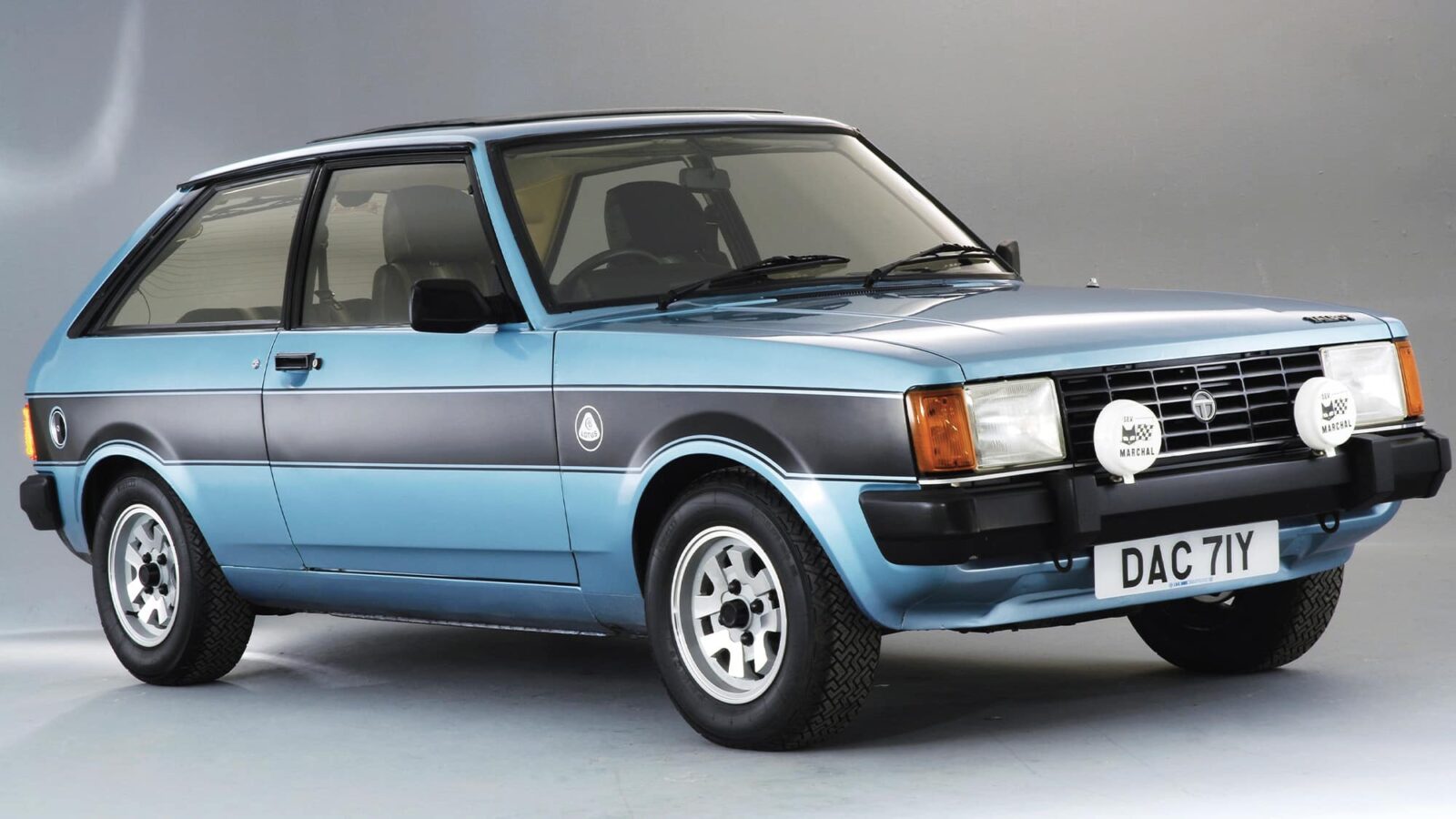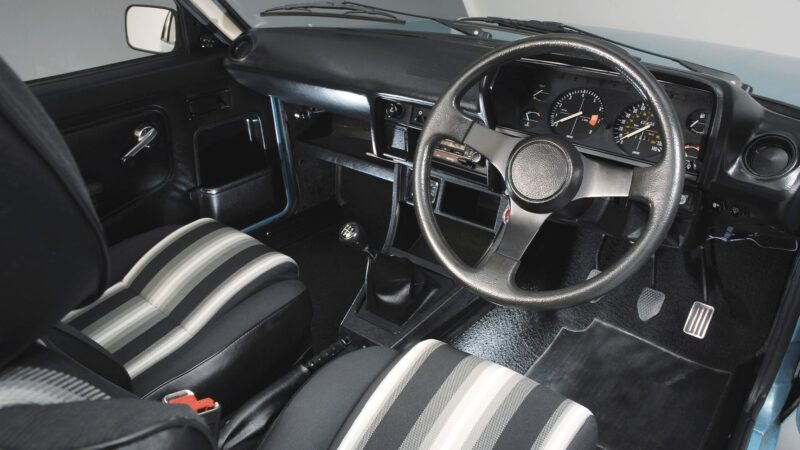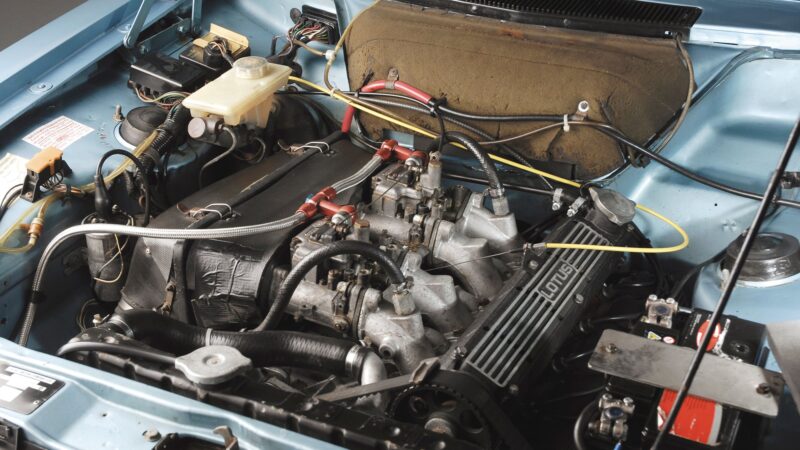Road car buying guide: Talbot Sunbeam Lotus
Rarity, performance and rallying combined to create one final hurrah for the Sunbeam brand

The Talbot Sunbeam Lotus was the sporting car that was never meant to be. Privately funded and developed, it would prove a huge success
The Talbot Sunbeam Lotus is a real ‘Heinz 57’ of a machine — is it a Rootes, a Chrysler, a Talbot, a Lotus.. or a Peugeot in a dress?
The truth is it’s all of that, and even a bit more when you throw in the mass of hillman Avenger parts which underpin it. But that didn’t stop it becoming one of the defining hot hatchbacks of the 1970s, and a design that endures today in both its highly sought after road-going form, and in its flame-spitting Group 4 rallying guise.
But the roots of the model stemmed from, err, Rootes, and a desperate hotch-potch of parts being mixed together in an attempt to find a saviour in the face of industrial crisis. During the 1960s, the British motor trade was in decline, marred by striking workers and the looming power of foreign industry.
The Rootes Group – which owned brands such as Hillman, Humber and Sunbeam – was in dire trouble. It had moved its production to Linwood in Scotland at a new factory created specifically to produce the Hillman Imp and Avenger. But quality suffered, as did the chain of supply, with the factory rather disconnected from its southerly suppliers.
With Rootes on the brink Chrysler bought it out in 1967, establishing Chrysler UK as a major player in the UK industry. However, when British Leyland received significant government funding in 1975, it didn’t sit well with Chrysler, which swiftly demanded its own grant or else it would close Linwood along with its engineering and design facilities in Ryton and Coventry and ship back to America. The government relented and £55million was given to fund development of a new supermini.

The simple interior was stripped back to save weight
Chrysler started by raiding the Rootes parts bin. As a base an Avenger chassis was shortened by three inches, a key part of the model’s success as this allowed it to retain rear-wheel drive. The base model had a 928cc engine from the Imp, but 1.3 and 1.6 ‘GL’ variants followed. Development lasted just 19 months before the Chrysler Sunbeam was unveiled in 1977. It was largely well received, but customers wanted more.
Chrysler responded by creating the Ti for 1978, which boasted twin Weber carbs and 100bhp from its 1.6, in a stripped-out, lighter frame. This search for performance led the model only one way, toward competition.
In late 1978, Chrysler’s motor sport director Des O’Dell contacted Lotus to help develop a full-blooded rally car from the Sunbeam. The Norfolk firm obliged, fitting stiffer suspension, anti-roll bars and a ZF gearbox. Out went the 1.6, in came Lotus’s own 2.2-litre
16-valve twin-cam Type 911 unit.

Original 1.6 engine was swapped for the 2.2-litre 16V Lotus twin cam
In road trim it made 150bhp, on the stages 250bhp. O’Dell personally funded the entire project in a gamble to gain backing from the board, which he swiftly received when Chrysler’s executives caught sight, and sound, of the finished article.
To fully homologate the model, 400 road-going machines had to be built. Chrysler placed the order for the first batch for 1979, then swiftly sold up to the French PSA Group. Instead of scrapping the deal, PSA saw the potential and rebranded the cars. Off came the Chrysler badges and on went Talbot ones.
Success on the rally stages certainly helped. With Henri Toivonen driving, Sunbeam won the 1980 RAC Rally, and a year later Toivonen and team-mate Guy Fréquelin (co-driven by Jean Todt) delivered the Talbot Sport team its first World Rally Championship for Manufacturers.
The Sunbeam Lotus also competed in Group B, but couldn’t match the Audi Quattro.
Due to demand, a total of 2308 Sunbeam Lotus rolled off the production line until the model, and Sunbeam as an entity, was officially
scrapped in 1981.
Talbot Sunbeam Lotus
- Price new £6900
- Price now £30,000-50,000
- Engine 2179cc Lotus twin-cam in-line four cylinder
- Power 150bhp
- 0-62mph 7.3sec
- Top speed 122mph
- Rivals Ford Escort RS2000, Renault 5 Turbo, Audi Quattro
- Verdict The final bow for Sunbeam turned out to be its most memorable
Market view
With prices on the rise, it could be a smart buy
The Talbot Sunbeam Lotus was launched in 1979 with the aim of creating a flagship model for the brand to compete in the World Rally Championship, putting the marque up against Ford RS Escorts and Vauxhall HS Chevettes.
There were a total of 2308 made, including the 10 bodyshells used for works rally cars. Of those, 1184 were registered in the UK with 1150 being right-hand drive.
The latest registration figures suggest that there are only about 90 of these currently licenced and on the road, with another 250 stowed away as SORN, which may go some way to explain the recent rise in values.
The new price in 1982 was £6900 which, adjusted with inflation, is around £24,500 in today’s money – approximately the level that a decent example will set you back today.
Values have crept up steadily from around half that back in 2013/2014, and original low- mileage examples have already exceeded £50,000 at auction.
With a strong motor sport pedigree, dwindling numbers, and an enthusiastic and active ownership scene, we foresee values remaining consistent for the coming years.
Robert Johnson, Classic and Sports Finance
Target deal
Talbot Sunbeam Lotus – £30,000 – £50,000
